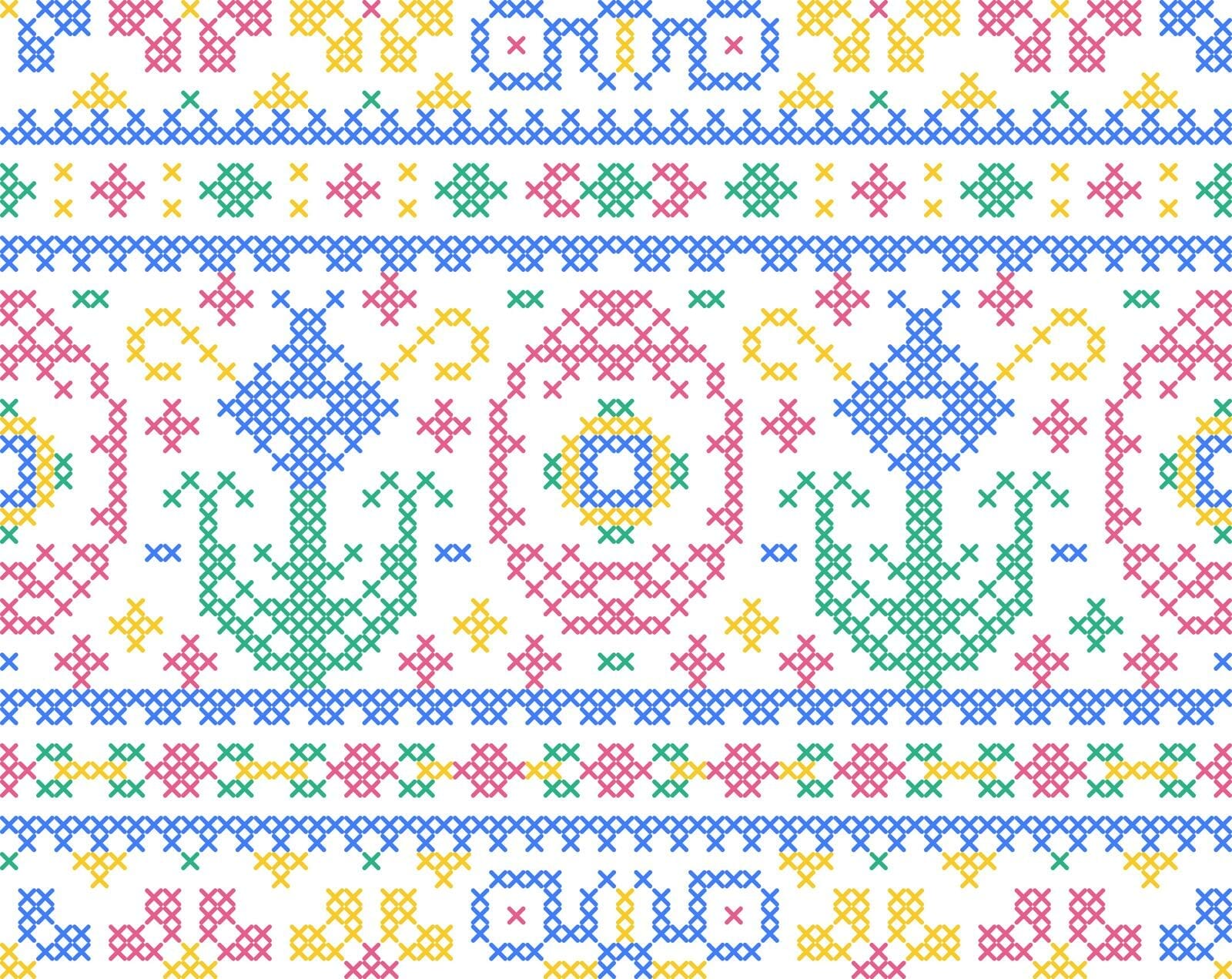When it comes to embroidery, the font you choose can make a significant impact on the final product. The right font can enhance the design and make it stand out, while the wrong font can detract from the overall look. Whether you’re embroidering a monogram on a towel, a logo on a shirt, or a quote on a canvas bag, choosing the best font is crucial.
There are many factors to consider when choosing a font for embroidery. Some fonts may look great on a computer screen but may not translate well to embroidery. Others may be too intricate or too small to embroider effectively. Additionally, the type of fabric you’re embroidering on can affect the font’s appearance. It’s important to choose a font that’s both visually appealing and practical for embroidery. In this article, we’ll explore some of the best font options for embroidery and provide tips for selecting the right font for your project.
What is Embroidery Font?
If you enjoy embroidery, you know that the font you choose can make a big difference in your final product. Embroidery font refers to the style and design of the letters and numbers used in embroidery. These fonts are specifically designed to be stitched onto fabric, and they come in a variety of styles, sizes, and colors.
Embroidery fonts can be used for a wide range of projects, from monogramming towels and napkins to creating custom patches and logos. They can add a personal touch to your gifts or make your business stand out from the competition.
When choosing an embroidery font, it’s important to consider the size of your design, the fabric you’ll be using, and the overall look you want to achieve. Some fonts are better suited for small designs, while others work best for larger projects. You’ll also want to consider the thickness of the font, as thicker fonts may be more difficult to stitch onto certain fabrics.
There are many different types of embroidery fonts available, including script fonts, block fonts, and even specialty fonts like floral or holiday-themed designs. Some fonts are free, while others require a purchase or subscription to access. You can also create your own embroidery fonts using software or online tools.
Overall, embroidery font plays a crucial role in the success of your embroidery projects. By choosing the right font for your design, you can create a beautiful and professional-looking finished product that you’ll be proud to show off.
Choosing the Best Font for Embroidery
When it comes to embroidery, choosing the right font is crucial to the success of your project. Here are some factors to consider and popular font types to help you make the best choice.
Factors to Consider
- Project: The font you choose should match the style and purpose of your project. For example, a script font would be ideal for a wedding monogram, while a sans-serif font would be more appropriate for a sporty design.
- Size: The size of your font should be appropriate for the size of your project. A small font may not be legible on a large item, while a large font may overwhelm a small item.
- Thread: The type and color of thread you use can affect the legibility and appearance of your font. Consider using a thicker thread for larger fonts and a thinner thread for smaller fonts.
- Fabrics: The type of fabric you use can affect the way your font looks. For example, a satin stitch font may look great on a smooth fabric like silk, but may not be suitable for a textured fabric like denim.
- Techniques: Different fonts require different embroidery techniques. For example, a script font may require a satin stitch, while a serif font may require a backstitch.
Popular Font Types
Here are some popular font types for embroidery:
- Serif Fonts: Serif fonts have small lines or flourishes at the ends of the letters. They are classic and traditional, and are often used for formal designs like monograms.
- Sans-Serif Fonts: Sans-serif fonts do not have lines or flourishes at the ends of the letters. They are modern and clean, and are often used for sporty or casual designs.
- Script Fonts: Script fonts mimic handwriting and calligraphy. They are elegant and sophisticated, and are often used for wedding and formal designs.
- Cursive Fonts: Cursive fonts are similar to script fonts, but are more casual and playful. They are often used for children’s designs and informal projects.
- Display Fonts: Display fonts are bold and attention-grabbing. They are often used for headlines and logos.
- Greek Fonts: Greek fonts are designed to mimic the Greek alphabet. They are often used for fraternity and sorority designs.
- Numbers and Symbols: Numbers and symbols are essential for many embroidery projects. Consider choosing a font that includes a variety of numbers and symbols to meet your needs.
By considering these factors and popular font types, you can choose the best font for your embroidery project.
Embroidery Font Formats
When it comes to embroidery, font formats are an important consideration. Understanding the various formats available and their limitations can help you choose the right format for your project. In this section, we’ll explore two sub-sections: Popular Formats and Limitations.
Popular Formats
There are several popular embroidery font formats, including the following:
- DST: This format is widely used in commercial embroidery machines. It’s a high-quality format that supports a wide range of colors and stitch types.
- PES: This format is commonly used in Brother machines. It’s a versatile format that supports a range of stitch types and colors.
- EXP: This format is commonly used in Melco machines. It supports a range of stitch types and colors.
- JEF: This format is commonly used in Janome machines. It supports a range of stitch types and colors.
- BX Format: This format is a special type of embroidery font format that allows you to use keyboard fonts in embroidery software.
- Embrilliance: This is a popular embroidery software that supports a wide range of embroidery font formats.
- SewWhat-Pro: This is another popular embroidery software that supports a wide range of embroidery font formats.
Limitations
While there are many embroidery font formats available, each format has its limitations. For example, some formats may not support certain stitch types or colors. Additionally, some formats may be incompatible with certain embroidery machines or software.
It’s important to consider these limitations when choosing an embroidery font format. You may need to experiment with different formats to find the one that works best for your project.
In conclusion, understanding embroidery font formats is an important consideration for anyone involved in embroidery. By familiarizing yourself with the popular formats and their limitations, you can choose the right format for your project and achieve the best results possible.
Tips for Using Embroidery Fonts
Stitching Techniques
When using embroidery fonts, it is essential to consider the stitching techniques that will be used. The most common stitching techniques include running stitch and chain stitch. Running stitch is ideal for creating thin lines, while chain stitch is perfect for thicker lines and outlines.
Another important aspect to consider is the size of the font. Smaller fonts require thinner stitching techniques, while larger fonts can handle thicker stitching techniques.
Design Considerations
When choosing embroidery fonts, it is important to consider the design of the font. Lower case letters can be more challenging to embroider than capital letters due to their smaller size. Calligraphy fonts can also be more challenging due to their intricate designs.
It is also important to consider the audience for the embroidery project. If the project is for kids, it is best to use a font that is easy to read and understand. Punctuation is also an essential consideration, as it can affect the overall look and feel of the embroidery.
Support
Finally, it is essential to ensure that the embroidery machine and software support the chosen font. Some fonts may not be compatible with certain machines or software, so it is important to check before beginning the project.
In conclusion, when using embroidery fonts, it is important to consider stitching techniques, design considerations, and support. By taking these factors into account, you can create beautiful and professional-looking embroidery projects.
Best Fonts for Embroidery
When it comes to embroidery, choosing the right font is crucial. The right font can make your design stand out and look professional. Here are some of the best fonts for embroidery that you should consider:
Serif Fonts
Serif fonts are a great choice for embroidery because they are easy to read and have a classic look. Some of the best serif fonts for embroidery include:
Sans-Serif Fonts
Sans-serif fonts are another great option for embroidery. They are clean and modern, making them perfect for contemporary designs. Some of the best sans-serif fonts for embroidery include:
Script Fonts
Script fonts are elegant and sophisticated, making them a popular choice for embroidery. They are perfect for monograms and other designs that require a touch of elegance. Some of the best script fonts for embroidery include:
Graffiti Fonts
Graffiti fonts are perfect for adding a touch of urban style to your embroidery designs. They are bold and expressive, making them a great choice for streetwear and other edgy designs. Some of the best graffiti fonts for embroidery include:
- Impact
- Cooper Black
- Quilting
Groovy Fonts
Groovy fonts are fun and playful, making them a great choice for embroidery designs that are meant to be lighthearted and whimsical. They are perfect for children’s clothing and other designs that need a touch of fun. Some of the best groovy fonts for embroidery include:
- Skill
- Embroidery Machines
In conclusion, when it comes to choosing the best font for embroidery, it’s important to consider the style and tone of your design. Whether you choose a serif font for a classic look or a graffiti font for an edgy vibe, the right font can make all the difference.
Conclusion
In conclusion, choosing the right font for your embroidery project is crucial for achieving the perfect finished product. The font you choose can impact the readability and overall quality of your embroidery, so it’s important to consider factors such as stitch length and column width when making your selection.
Technology has made it easier than ever to find and use high-quality embroidery designs, including free embroidery designs and PDF patterns. Digitizers can also help you create a personalized touch to your embroidery projects.
When it comes to font styles, serif fonts can add a touch of sophistication to your embroidery, while graffiti and groovy fonts can add a more modern and trendy look. It’s important to consider the occasion and season when choosing your font. For example, feminine fonts may be ideal for summer projects, while Halloween or Christmas-themed fonts can add a festive touch to your embroidery.
Overall, typography plays an important role in fashion and embroidery. Whether you’re creating a custom piece for yourself or as a gift, choosing the right font can make all the difference in the final product. So take your time and consider all the factors before making your selection.

Nick is a Blogger and graphic designer with over 10 years of experience. Managed multiple Woocommerce sites, Etsy and contributors to Microstock sites (Shutterstock, Adobe Stock, etc).

